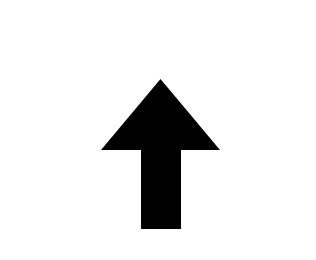Feess, Eberhard and Hege, Ulrich
and Hege, Ulrich (2003)
Safety Monitoring, Capital Structure and Financial Responsibility.
International Review of Law and Economics, 23 (3).
pp. 323-339.
(2003)
Safety Monitoring, Capital Structure and Financial Responsibility.
International Review of Law and Economics, 23 (3).
pp. 323-339.
Preview |
Text
Download (263kB) | Preview |
Abstract
We compare different modes of extending liability to third parties motivated by the problem that firms may exert too little preventive care if damages are likely to exceed their equity. In our model, moral hazard about the choice of care that can be mitigated through stochastic monitoring, we show that the optimal allocation can always be implemented by a liability regime of full “financial responsibility,” that is mandatory liability coverage for total harm that can be fulfilled either by, an insurer or by a lender. All other liability regimes are shown to lead to distortions in the capital and debt structure. The difference between our results and related models finding liability below the level of harm to be optimal is explained by our treatment of safety monitoring and of optimal monitoring-dependent insurance contracts. The mechanism is robust vis-a-vis the introduction of risk aversion, provided that optimal wealth transfer are taken into account.
| Item Type: | Article |
|---|---|
| Language: | English |
| Date: | 2003 |
| Refereed: | Yes |
| Subjects: | B- ECONOMIE ET FINANCE |
| Divisions: | TSE-R (Toulouse) |
| Site: | UT1 |
| Date Deposited: | 27 Apr 2016 09:10 |
| Last Modified: | 02 Apr 2021 15:51 |
| OAI Identifier: | oai:tse-fr.eu:30053 |
| URI: | https://publications.ut-capitole.fr/id/eprint/19346 |




 Tools
Tools Tools
Tools

